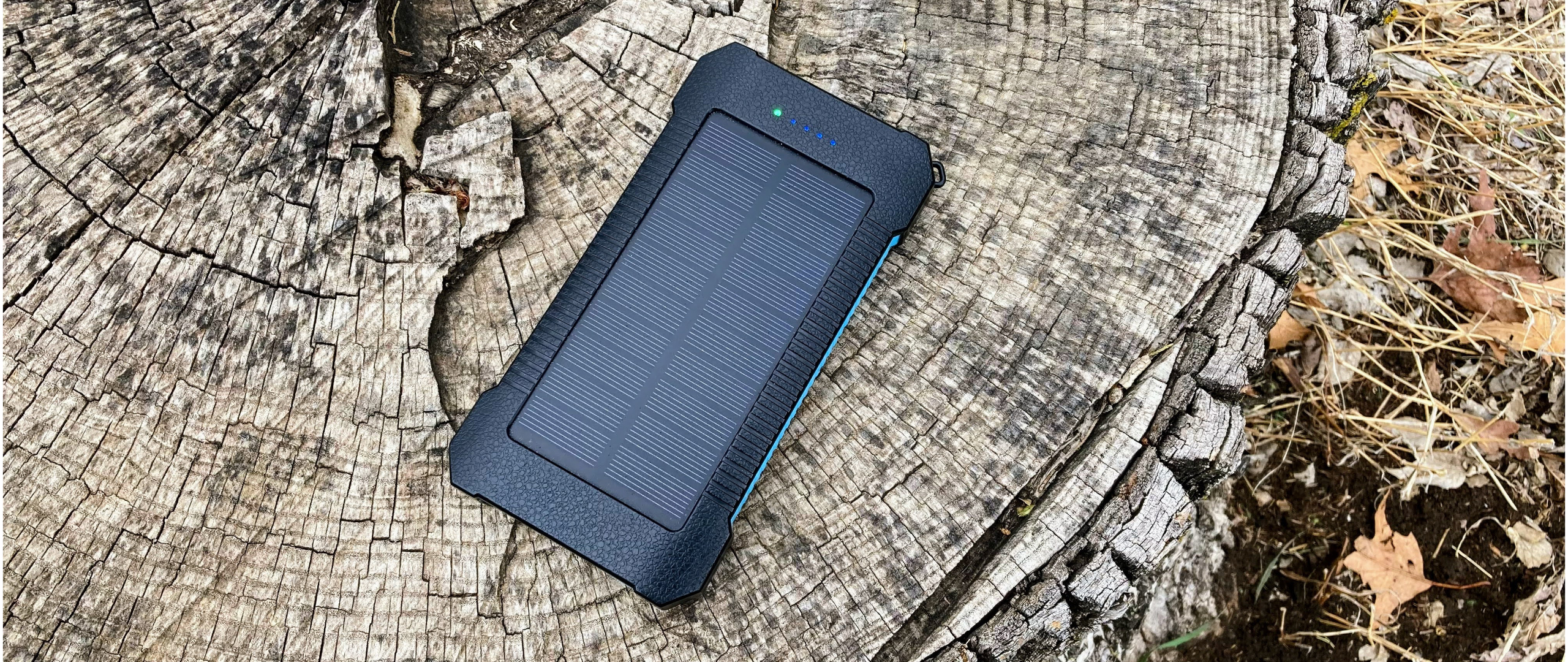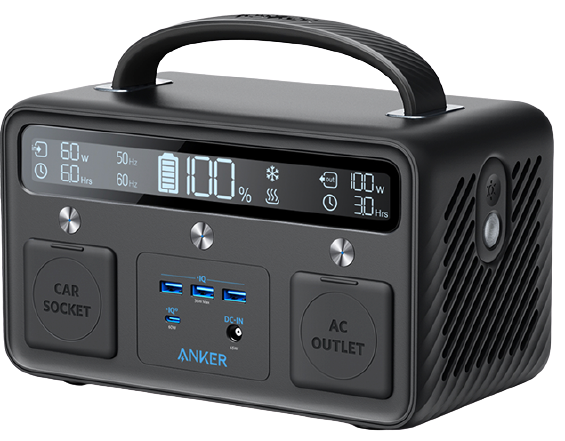How to charge your phone using only solar power
There are a lot of ways to charge your smartphone, but charging via solar is possibly the cleanest.

Phones are essential to people for all sorts of reasons, but even if your device has the biggest battery, it's pretty much worthless if it has no juice. This is why having multiple ways to keep your phone going is helpful, and knowing how to charge your phone using solar power gives you even more freedom. A typical way to power these slabs of technology is by plugging them into a fast USB-C wall charger at your home or office, possibly with an excellent battery pack that was charged the same way. However, even this option fails if the power is out or you're away from an outlet.
Putting the sun to work
There are alternative ways to get power to your phone cleanly and away from the electrical grid. One of those options is to use the power of the sun, and it couldn't be easier. There are ways of powering your entire home with solar, but it can be costly, and you may not own your home, which can make installing solar panels on it out of the question.
So, instead of using solar for everything you own with a plug, let's look at a couple of easy and much less expensive options to power your phone. It doesn't matter whether you use one of the best Android phones like the high-powered Samsung Galaxy S22 Ultra or a more environmentally conscious phone like the Fairphone 4, we've got you covered.
Solar in your pocket
First off is to use a portable battery pack that comes with a built-in solar panel, or in the case of my personal favorite, panels. I have a Tekpluze 30,000 mAh solar power bank that has been in my travel bag, whether I'm camping or hanging out in the backyard. There are a lot of benefits of a battery pack that can be recharged using the sun. Because modern phones have large batteries, using a high-capacity battery pack means you'll have multiple recharges for your phone, even when the sun is hiding.

See, charging via solar is great, but it isn't the fastest way to get your phone's battery topped off. Because most compact-sized solar panels are small and can only catch so much sun, the output it's capable of is also small. While many solar battery packs have one panel, the pack from FEELLE, pictured above, is great because it has three panels that fold out to gather more sunlight. I take mine along on mountain hikes.
Letting a quality battery pack like the Tekpluze or FEELLE kick out higher wattage to your phone so you can get back to using it is great. Then the sun can slowly top off your battery pack while you aren't using it.
Get the latest news from Android Central, your trusted companion in the world of Android
Power from the sun

The other option for solar charging is to use a setup designed for outputting higher power levels specifically to charge your phone. As mentioned above, to catch more rays from the sun, you need more surface area. Something like the Anker 515 24W solar charger will catch plenty of sunshine with its larger panels.
However, because the panels are slightly bigger, you won't be putting it into your pocket or even a small backpack. Something else to keep in mind with chargers like the BigBlue is that these setups don't come with a battery. Instead, you get a large panel for a higher output while in use. So if there's no sunlight, you won't be charging anything. It can still keep your device topped off while letting your backup battery stay full for times when the sun isn't out.
The solar battery packs and the Anker 515 are both water- and shock-resistant, designed to be on adventures outdoors. With the Tekpluze and FEELLE, you also get a built-in LED flashlight to go along with the massive battery pack. Each of these chargers also has multiple USB ports for charging more than one device at a time.
Tag team for the win

So, while the BigBlue solar panels don't offer a built-in battery and the Anker Powerhouse II 400 isn't solar — the two can work together.
By pairing up the solar panels and the Powerhouse, you can utilize the sun to help keep the massive battery pack charged when it's not in use. When you are taking advantage of all of the output options, the BigBlue solar panels can offer some juice back into the unit. With three USB-A, one USB-C, a 12V DC car socket, and an AC outlet, you can power most anything while being off the grid.
I say "almost anything" because while 300W max output is a lot, you aren't going to power a fridge with it. However, lights, fans, TV, and more can take advantage of the Powerhouse II 400's pure sine wave output. Another great reason to keep this battery backup charged is to take advantage of the built-in flashlight and lamp for illuminating larger areas. It's even better when you can top up your Powerhouse using the ultimate powerhouse — the Sun.
So whether you are looking for a way to cut back on your usage of the electrical grid to save some cash or find a small way to help the environment, consider using solar to recharge your phone the next time you're ready to plug it in.

The Anker Powerhouse II 400 offers power to charge more than just a phone; it can handle laptops, lights, and more with its 300W of output. Recharge it with a solar panel to get even greener.
Pros
- Large power capacity up to 388.8Wh
- Nice variety of output ports
- 60W max USB-C and 36W USB-A
- Two built-in LED lights
- Easy to read LED display
Cons
- 300W output from the AC outlet can be limiting
- Only 1 USB-C port and AC outlet
- It's pretty pricey


